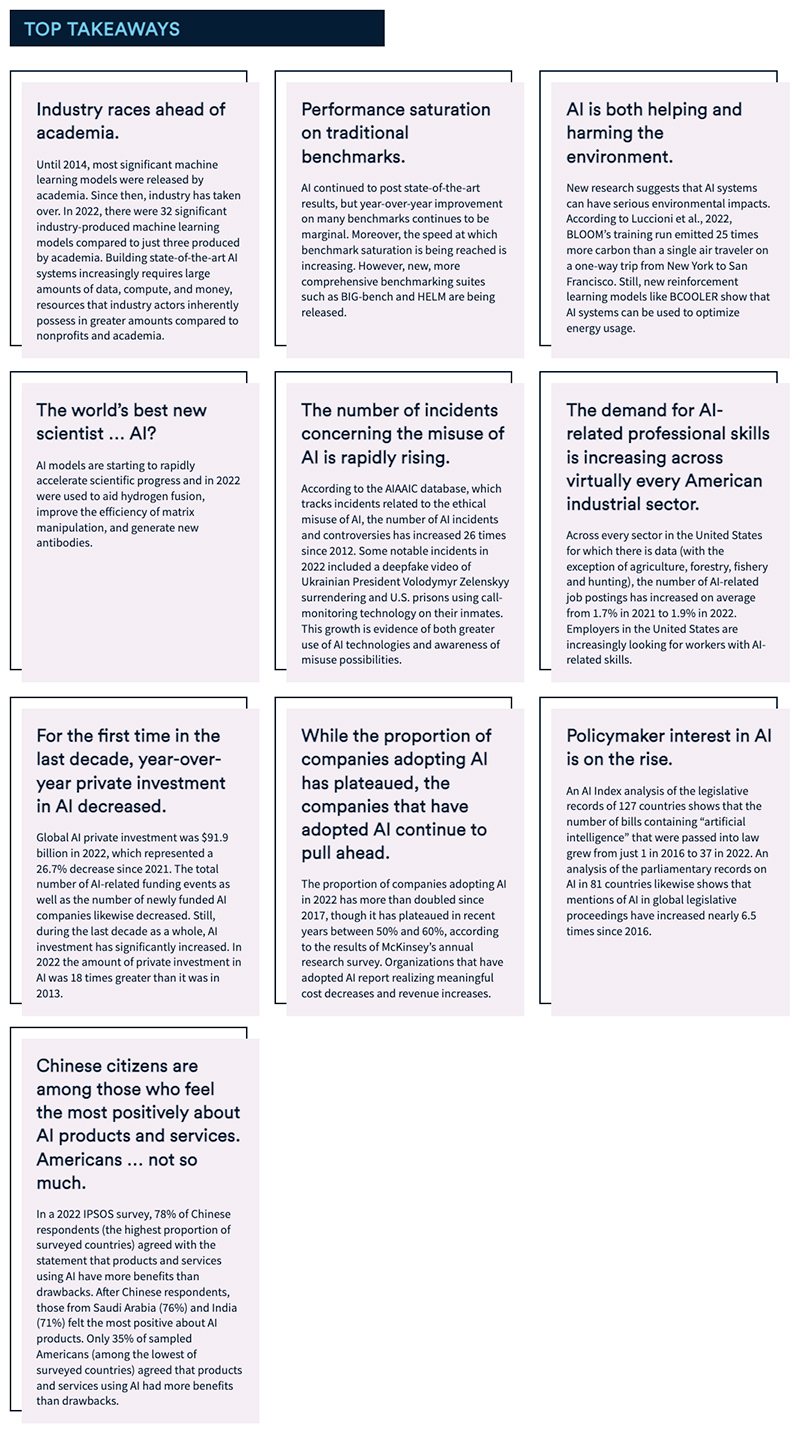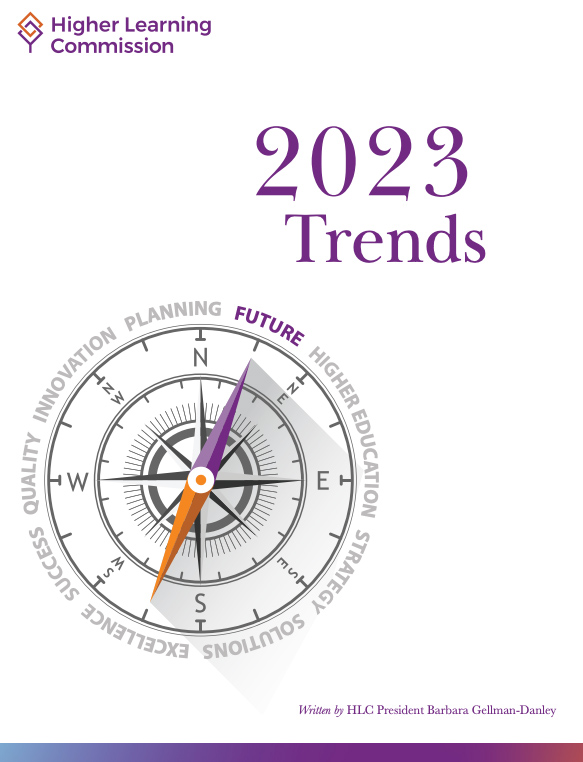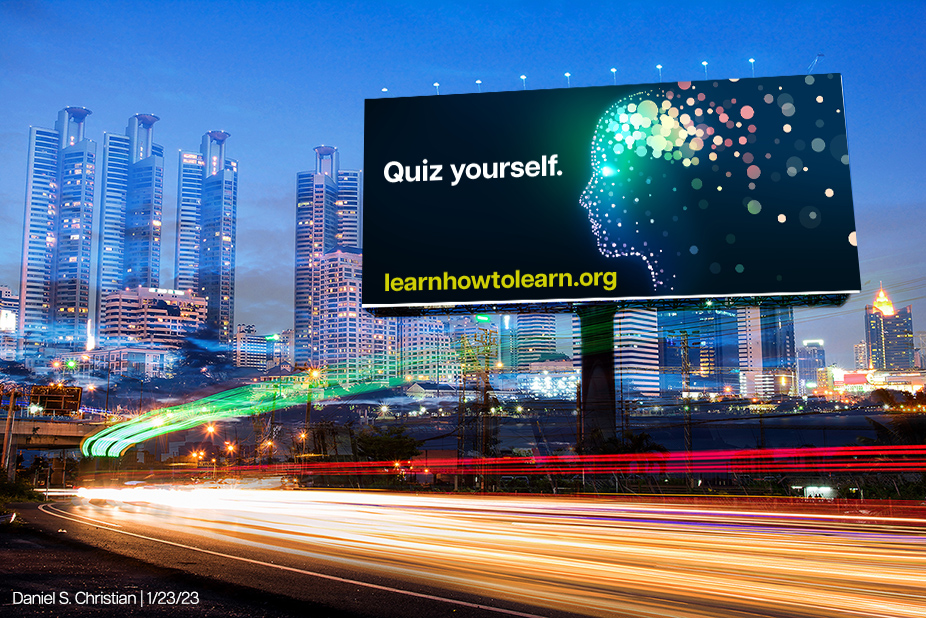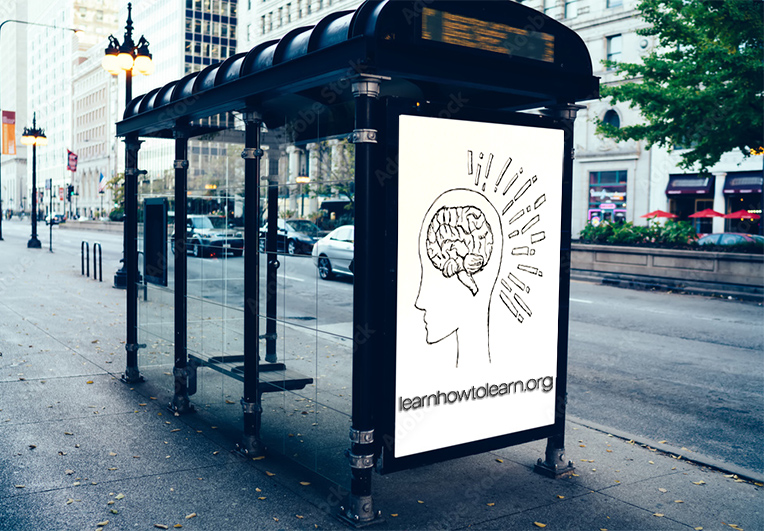Who Will Be the Academic Prompt Engineering Experts? — from wallyboston.com by Wally Boston
Excerpts:
As I mentioned in a post a month ago, prompt engineering is the term of art for prompting a generative AI tool like ChatGPT-4 to produce an answer to a question, analysis of a problem, or an essay about a particular topic.
…
It’s ironic that the “experts” providing prompt engineering courses are not academics. I happen to believe that there are academics mastering prompt engineering as I write this.
…
Last week, I wrote about generative AI tools that could be used to decrease the instructional design time required to build a college course. I also wrote an article about Villanova University professor Noah Barsky’s opinion piece suggesting that all MBA curriculums should be rewritten to teach their students how to utilize AI tools in their professions. Business schools with outdated curriculums will not prepare their graduates for businesses expecting them to be able to master state of the art AI tools.
Also relevant/see:
From DSC:
Read that again…
“In June, when students are finishing up their classes, they may be punished by their instructors for using AI as a writing tool. But in July, when they’re out on the job market, they can be punished by their employers or potential employers for not knowing how to use AI as a writing tool.”
Also relevant/see:
11 Tips to Take Your ChatGPT Prompts to the Next Level — from wired.com by David Nield
Sure, anyone can use OpenAI’s chatbot. But with smart engineering, you can get way more interesting results.
Excerpts:
You don’t have to do all the typing yourself when it comes to ChatGPT. Copy and paste is your friend, and there’s no problem with pasting in text from other sources.
…
Another way to improve the responses you get from ChatGPT is to give it some data to work with before you ask your question.
…
Your answers can be seriously improved if you give ChatGPT some ingredients to work with before asking for a response.















